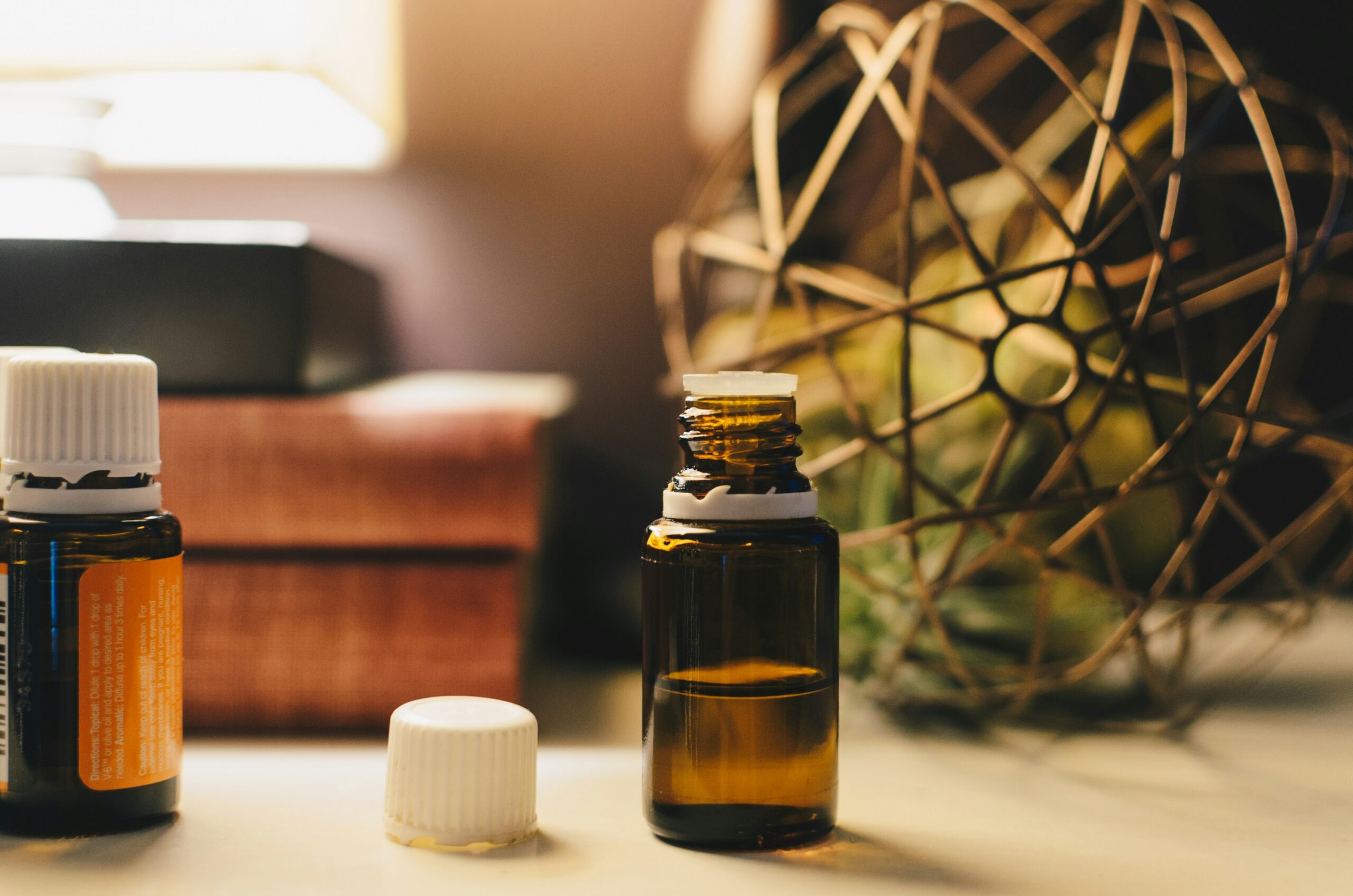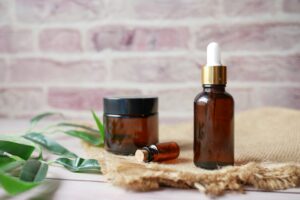
Botanical name: Litsea cubeba
Family: Lauraceae
May Chang is a personal favourite of mine. Its fresh, sweet, lemon-like fragrance takes me immediately back to my honeymoon in South East Asia. The oil is steam-distilled from the fruit of the May Chang tree – a small tropical tree that grows in Eastern Asia.
Chemical composition: The lemony fragrance is due to the oil’s high concentration of citral (about 75%). The two isomers of citral, geranial and neral make up 41% and 33% respectively. Limonene (8%) myrcene (3%) and smaller amounts of α-pinene, β-pinene, nerol, geraniol, linalool, linalyl acetate and caryophyllene constitute a typical May Chang chemical make-up.
Therapeutic action: Antidepressant, antiseptic, astringent, carminative, galactagogue, insecticide, stimulant, tonic.
Uses:
In Traditional Chinese Medicine, May Chang is used to alleviate cold painful conditions – muscular aches and menstrual pain that improves with the application of heat or pressure.
Studies have concluded that the high concentration of citral in May Chang oil is responsible for this oil’s effectiveness in treating cardiac arrhythmia, as citral has been seen to increase blood flow and improve ECG profiles in rabbits (Tisserand & Balacs, 1992). Thus, May Chang may be used in the treatment of cardiovascular problems such as coronary heart disease and high blood pressure.
May Chang is astringent and therefore of use in the treatment of oily skin and acne. It reduces excessive perspiration and is a good natural deodorant.
May Chang is an extremely effective antiseptic and makes for a very pleasant oil to vapourise around the room during cold and flu season.
The beautiful and uplifting citrus aroma makes this oil perfect for alleviating stress and anxiety.
May Chang 4 drops
Lavender 2 drops
Sweet Orange 3 drops
In 30ml carrier oil
This is my lemon fondant fancy blend! It always cheers me up and is deeply relaxing and comforting.
References:
Battaglia, S. (2003) The Complete Guide to Aromatherapy. The International Centre of Holistic Aromatherapy.
Davis, P. (1999) Aromatherapy: An A-Z. The CW Daniel Co.
Tisserand, R. & Balacs, T. (1992) May Chang. The International Journal of Aromatherapy, 4(3): 25-27.

